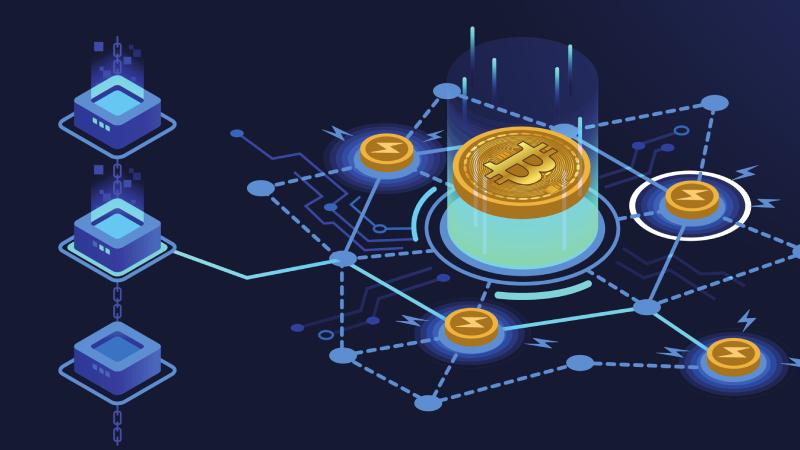
What is the Bitcoin Lightning Network?
Who Developed Lightning Network Technology?
The Lightning Network is a layer technology created to solve the speed of payments on the Bitcoin blockchain. Although it was created to create a solution for Bitcoin, it is a technology that can be applied to other crypto coins.
The Lightning Network technology was first introduced in 2015 by Thaddeus Dryja and Joseph Poon to solve the problem of speed in Bitcoin’s payments.
What is the Purpose of the Lightning Network Project?
It aims to solve the problem of speed in Bitcoin transfer transactions. Transactions made with the Lightning Network are made faster, less costly and easier than transactions made on the blockchain. The reason for this is that by moving transactions off the chain, it eliminates the speed problem created by the long transition processes on the blockchain.
Bitcoin transfers can be made through payment channels on the Lightning Network with very low or even zero fees. It is necessary to be included in a Payment Channel in the system by opening a payment channel or depositing Bitcoin as a deposit. Each payment channel can set its own transaction fee, but you can open as many payment channels as you want in the Lightning Network system and participate in as many different payment channels as you need.
How does the Lightning Network work?
The basic working principle of the Lightning network consists of
smart contracts
and signed commands. It can be expressed as a funding transaction that works with a P2P (peer-to-peer) system. A payment channel occurs when one or both individuals provide funds for the transfer process. When a two-way payment channel is created, the parties must have the private key to access the created channel. At this point, one of the parties cannot access the wallet and perform other transactions without the permission of the other. In order for the transaction to take place, mutual consent must be given by both parties. After the two-sided approval is given, transfers are made through this channel. After the end of the transactions, the parties close the channel and the first and last balance information is sent to the Bitcoin blockchain.
How do I use the Lightning Network?
In order to make a transaction, it is necessary to first use a device that connects to the Lightning Network. Then, we will send the Bitcoin you have to our Lightning Network wallet. You can make a deposit to the payment channel you want to be included in and make a transfer within the payment channel.
Transactions made on the Lightning Network are not transmitted to the Bitcoin blockchain until the payment channel we deposited is closed. However, since there is no need to pay transaction fees to the miners, transactions can be made instantly with low transaction fees set by payment channels.
Payment channels opened on the Lightning Network can only be between two users, or they can be used by businesses that receive payments on an ongoing basis to receive payments from their customers. This allows multiple users to join a channel. Users who join this channel can also transfer between themselves. When the Payment Channel is closed, all transactions made on the channel are added to the Bitcoin blockchain.
Although transactions on the Lightning Network take place without being written to the Bitcoin blockchain, the Bitcoin asset traded on the network is registered on the Bitcoin blockchain. You can make transactions to your Lightning Network-supported wallet by making a transfer from your Bitcoin wallet. Bitcoin that has been issued as a deposit to a payment channel cannot be transferred to the Bitcoin network as long as it is connected to the payment channel.
Pros of Lightning Network technology
- Processing speed
- Low transaction fees
- Scalability
- Cross-blockchain exchange
Cons of Lightning Network technology
- Functionality issues
- The complexity of channels
- Channel caps
- Network Centers
Due to the slow transfer speed of Bitcoin and the high transaction fee, the open source Lightning Network project, which offers a solution to this problem and is defined as the “crypto money transfers of the future”, is still under development.